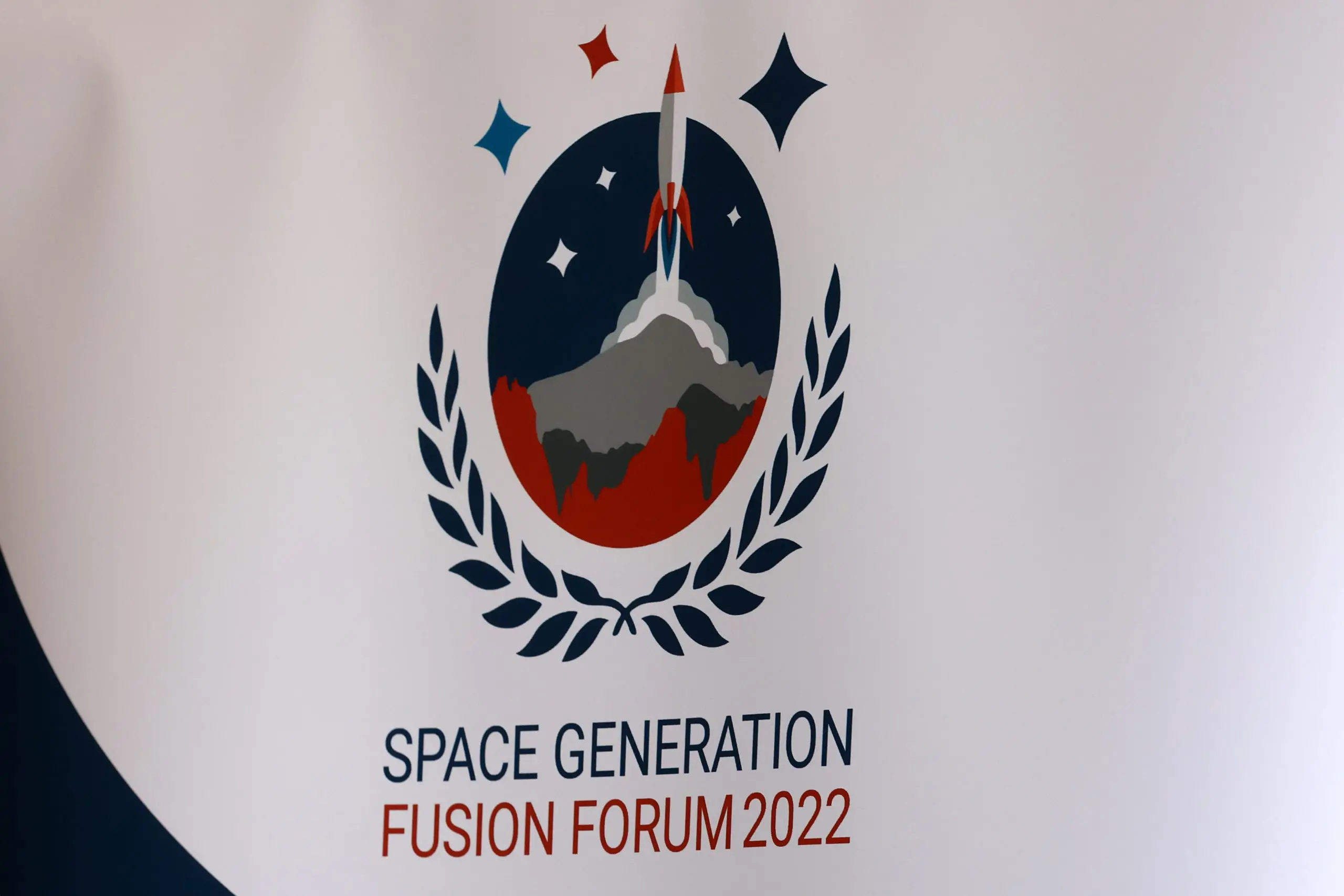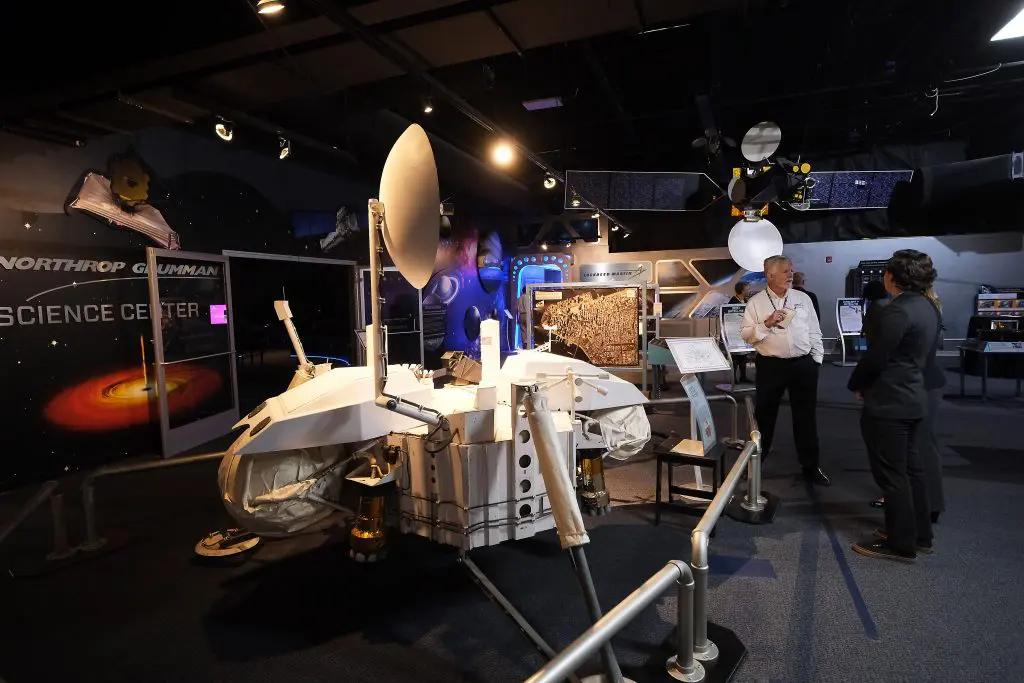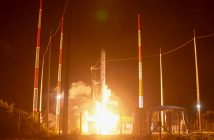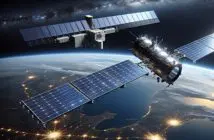
By Staff Writer.
The global space economy is worth US$447 billion at last count and climbing. Consequently, many nation-states, private enterprises, and individuals want in, including many in Australia. While most might think the barriers to entry in the space sector are high, that’s not always the case.
Speaking at Space Foundation’s 37th Space Symposium in Colorado Springs, Kelli Kedis Ogborn, Vice President of Space Commerce and Entrepreneurship at the Space Foundation, says there is a lot of opportunity and upward trends within the future space economy and space commerce.
“We’re at this watershed, currently some of the most innovative minds are reimagining the space economy in terms of off Earth, global commerce sector,” she says, and adds this will benefit not only future space exploration but also scientific and technological development on Earth.
While spending by US Government agencies like NASA and US-based private companies such as SpaceX and Raytheon still constitute the bulk of spending in the global space economy, the Space Foundation is tracking significant increases outside the US from countries like Australia, particularly in commercial space products and services and commercial space infrastructure.
Equatorial Launch Australia’s Arnhem Space Port due to launch its first NASA BBIX into orbit mid-year, Curtin University’s successful deployment of its Binar-1 CubeSat last year, and Fugro’s SpAARC facility in Perth that trains, tests, and controls remote and autonomous operations in space are all examples of Australia grabbing a slice of that $448 billion pie.
“Launch activity is at its highest level ever, and payloads have tripled in just five years,” said Lesley Conn, Director of Research and Analysis at the Space Foundation. “We’ve seen roughly four payloads per mission grow now to almost eleven.”
Conn adds that while CubeSats similar to what Curtin University launched via a SpaceX Falcon 9 rocket are driving much of the increased demand for payload space, there is also expansion into mid-range satellite activity from nations who need robust and reliable delivery.
“Overall, we’re still seeing strong growth. We’re seeing some nations that are really continuing to invest more so than they have in several years.”
Speaking to the media at the Symposium, both Kelli Kedis Ogborn and Lesley Conn said the opportunity to play a role in the global space economy wasn’t just restricted to governments, research institutions, and private enterprises.
They say that while the number of people working in the sector is steadily growing and salaries remain high, there remains an acute shortage of manpower in the industry. They add that while there’s plenty of interest in the space sector as a whole, there is also a belief it’s extremely hard to break into and requires a very specific skill set.
“What we’re hearing is that there’s a perception issue. What is the type of labour needed?” says Conn. “There was a hesitancy or a fear, and it was just too complicated.”
While Space Foundation officials say there’s a clear role for a specifically trained precision workforce in the sector, as the global space economy continues to grow, there is also a need for people from all backgrounds.
“Our collective wish for what space commerce will become – it’s going to take a diversity of skill sets and backgrounds and people, said Kelli Kedis Ogborn. “We want to also show that there is this adjacent path for people that want to get into the industry and build those skill sets. We want people to self-select in and not be intimidated by space.”






